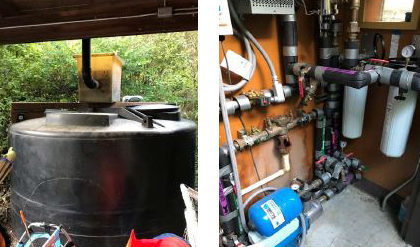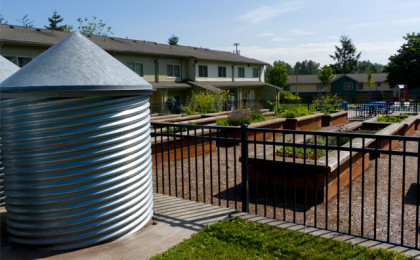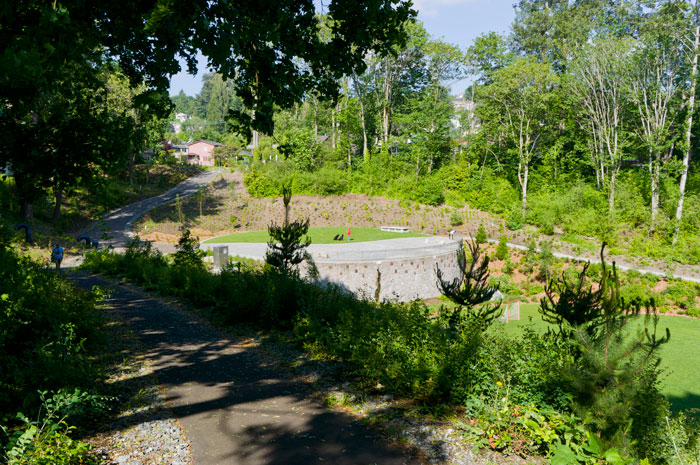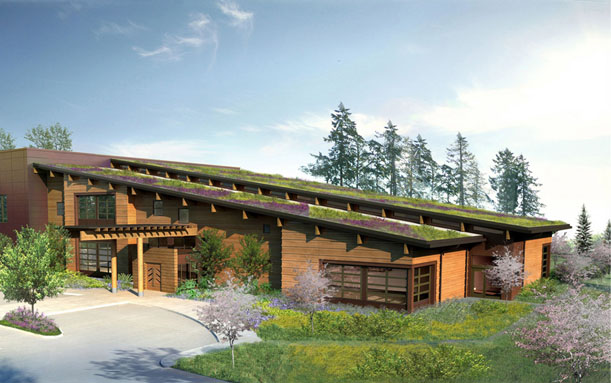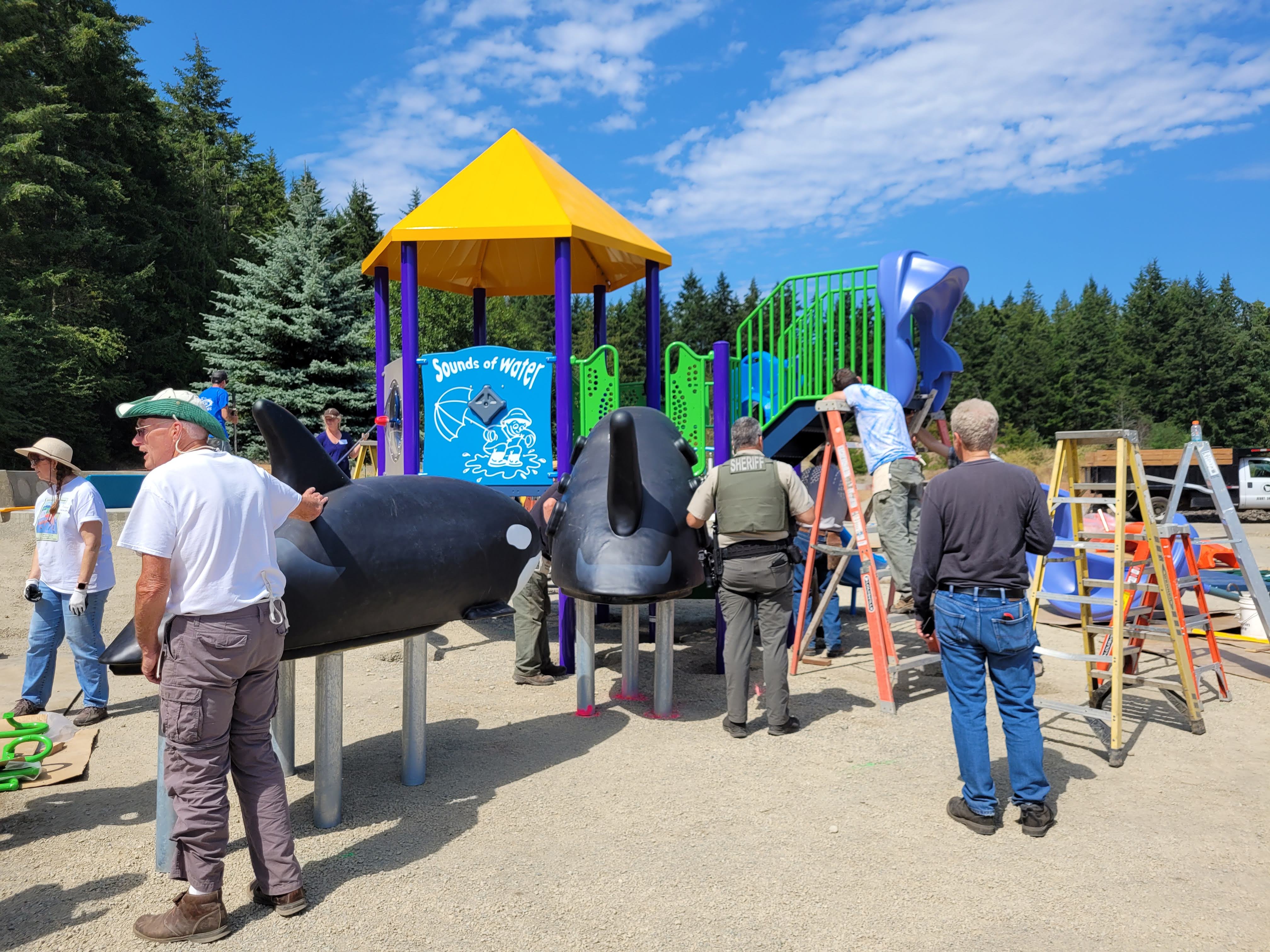Measuring Carbon Sequestration of Urban Trees
January 13, 2015 | By Admin |
For one of our recent projects we were asked to calculate how much carbon the newly planted trees on site would sequestrate over the next 100 years. The rate of carbon a tree can sequestrate varies with the tree species, age, climate, soil and site conditions. Trees turn the carbon into biomass in their leaves, roots and wood, but it is only the carbon that is stored in the roots and wood that gets stored away for a longer time. With so many different factors affecting the rate of carbon sequestration how could we come up with a number that was relevant?
We found two websites with integral software, i –Tree and EcoSmart Landscapes that included relatively detailed carbon sequestration estimations based on tree species, tree size and geographical location.
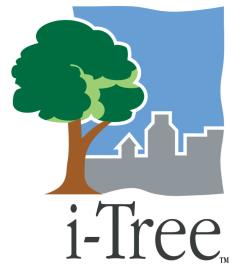
i-Tree is a collaborative effort between many organizations including the USDA Forest Service, Arbor Day Foundation and ISA (International Society of Arborists) to name a few. Quoting the website “The i-Tree tools help communities of all sizes to strengthen their urban forest management and advocacy efforts by quantifying the environmental services that trees provide and the structure of the urban forest.”
Eco Smart landscapes online tools provide “quantitative data on carbon dioxide sequestration and building heating/cooling energy savings afforded by individual trees. Results can be used to estimate the greenhouse gas benefits of existing trees, to forecast future benefits, and to facilitate planning and management of carbon offset projects.” Eco-Smart Landscapes is particularly relevant to California as they have developed additional data for specific California climate zones.
www.fs.usda.gov/ccrc/tools/ecosmart-landscapes
Comparing the two websites, they seemed equally relevant and both had many years of research behind the development of their software. We ended up using the i-tree website mostly because we did not have to register and the software allowed for direct input of data.
The i-tree website offers a number of different tools for different analysis tools as described on the website, https://www.itreetools.org/about.php. For our purposes the best fit tool was i-tree Design, which allows for assessment of multiple trees at the parcel level with geographical location specified in Google maps.
We found the i-tree Design interface user-friendly and with easily readable results in both text and graph form. It was exciting to get real numbers for the cost savings and benefits that are a result of our new urban landscape. Below are some snapshot of the report that was provided from i-tree Design.

i-Tree Design Report: Total Projected Benefits
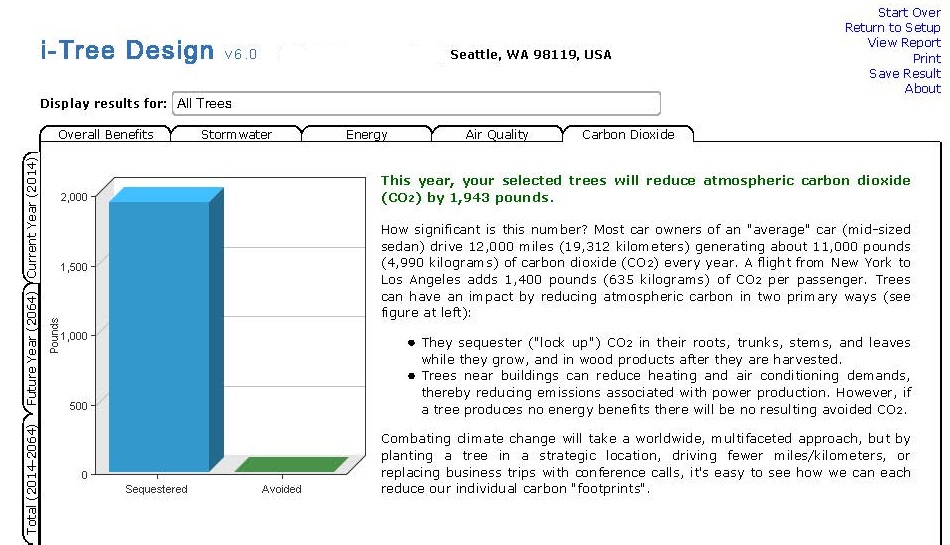
i-Tree Design Report: Carbon Dioxide

